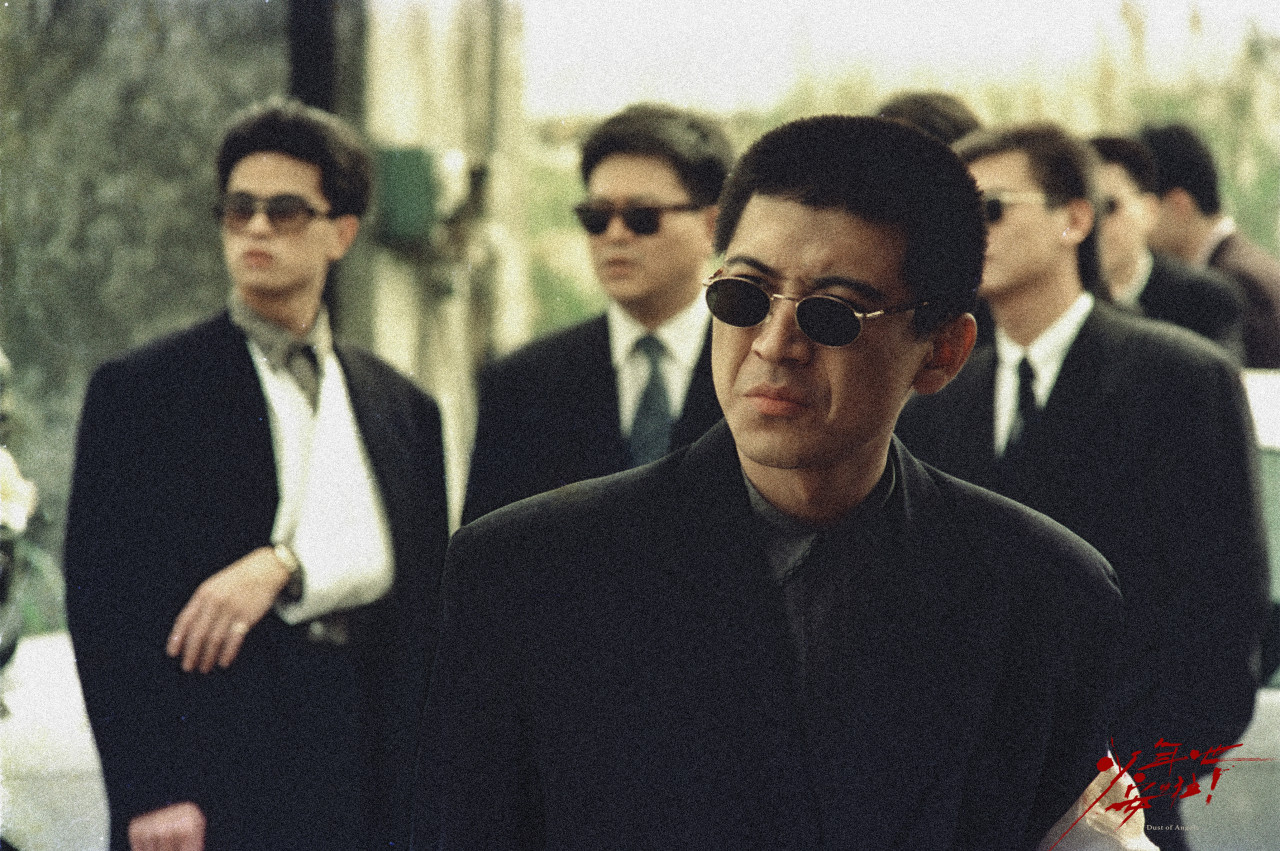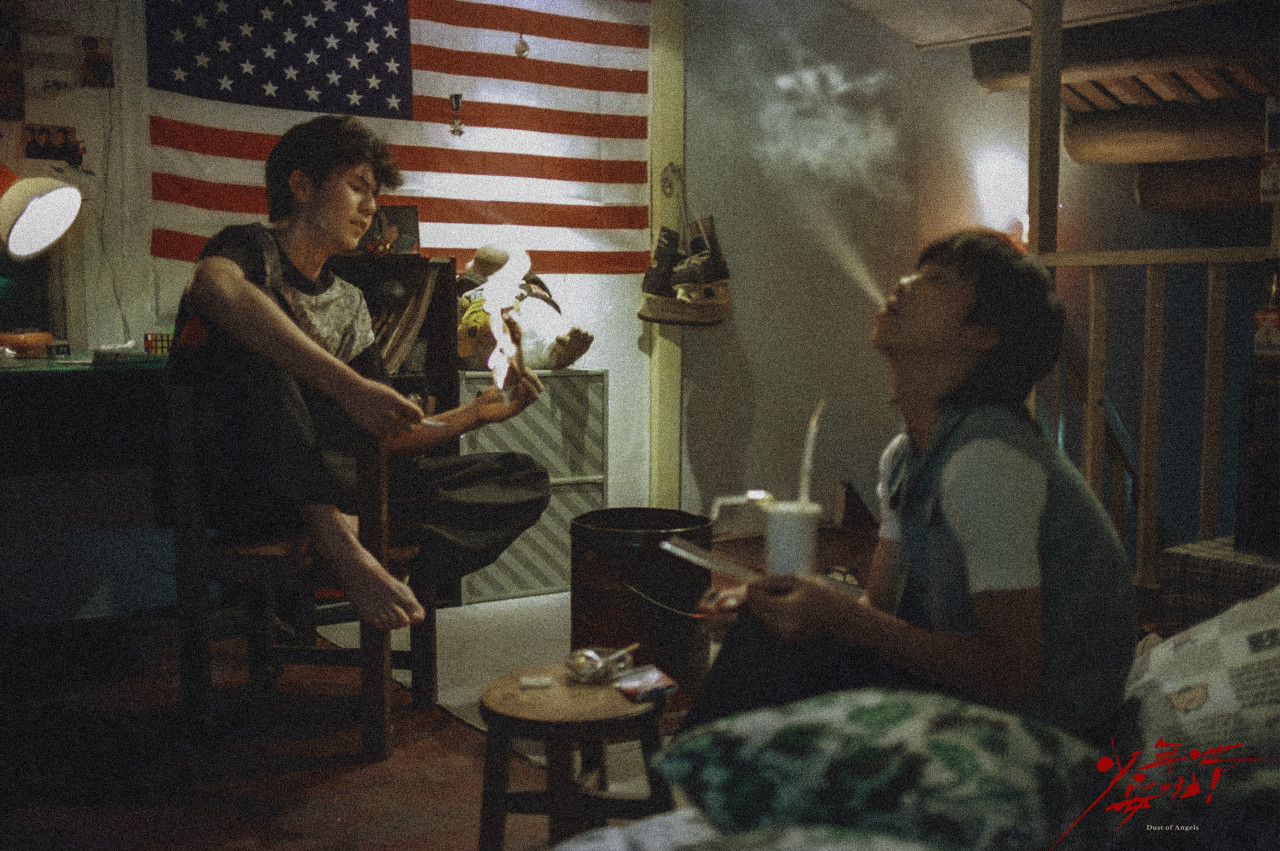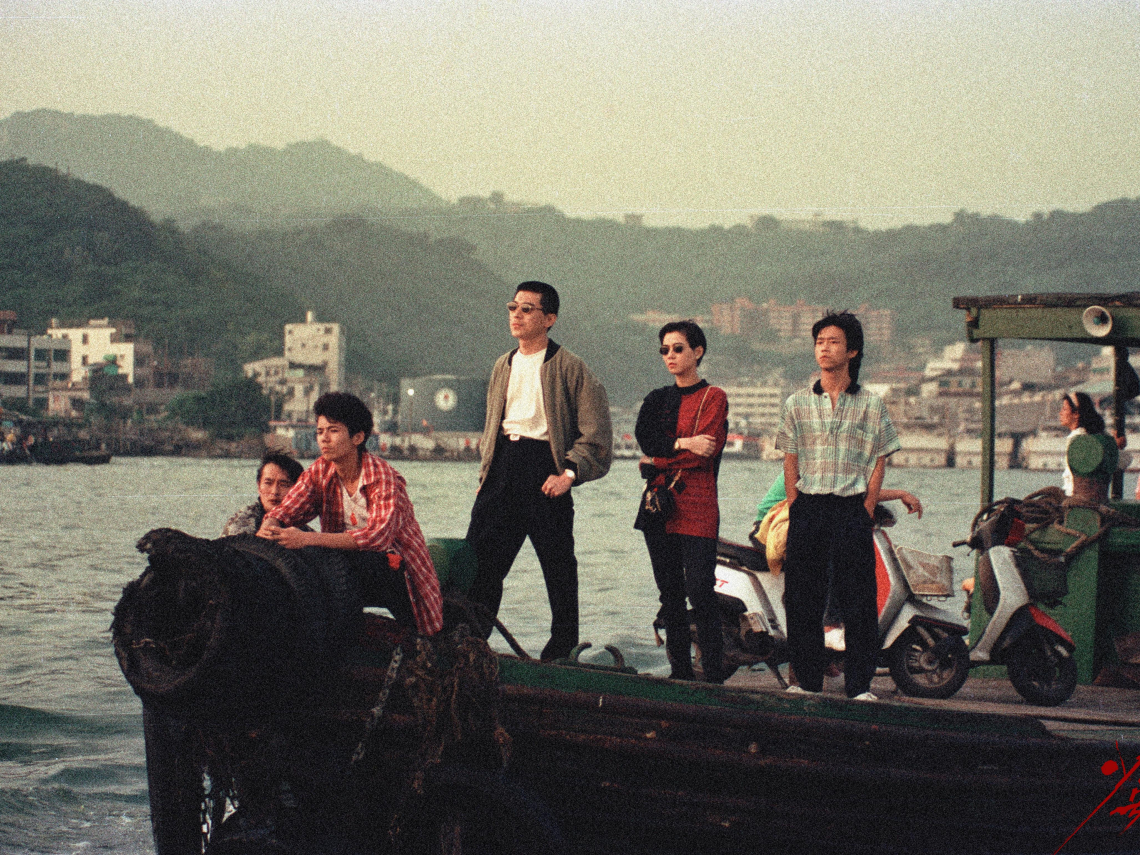by Jennifer Ruth
語言:
English
Photo Credit: Film Still
A FILM STRIKINGLY similar in both aesthetics and politics to Zhang Yimou’s pro-China Hero (2002), The Assassin was directed by someone perceived by the Anglophone world to be “a quintessentially Taiwanese filmmaker” due to his central role in the Taiwan New Wave, the movement that placed Taiwan film on global cinephiles’ map and that, for the first time, began to tell the story of Taiwan’s oppression under the KMT. How are we to think about Hou Hsiao-hsien. a filmmaker whose work is monumental but who is also caught in a very particular way in the complex historical layering that shapes Taiwan’s politics? A way that means that this quintessentially Taiwanese filmmaker is paradoxically also a figure complicit in the erasure of Taiwanese identity by apparently subscribing to the viewpoint corralling everyone of Han Chinese descent into the expansionist pens of Xi Jinping’s China?
This dilemma is partly why the restoration of Dust of Angels by the Taiwan Film and Audiovisual Institute and its screenings throughout Taiwan over the last few months is so important. Dust of Angels was produced by Hou Hsiao-hsien and directed by Hsu Hsiao-ming at the tail end of the Taiwan New Wave (or, alternatively in some accounts, at the beginning of the Second Wave) and it covers some of the same boys-go-bad territory as the movement’s most famous films such as Hou’s A Time to Live and A Time to Die (1985) and Edward Yang’s A Brighter Summer Day (1991).

Film still
It features many of the same actors who appear in the canonical films of the Taiwan New Wave (Jack Kao, Chen Sung-young, Tan Chih-kang, Yen Cheng-kuo). It differs, however, from those films in certain key respects. Unlike in A Time to Live and A Time to Die and A Brighter Summer Day, for example, the second generation son-of-a-mainlander protagonist does not live in a military dependents’ village (among waishengren families that came from China during or around 1949) but entirely among benshengren (Taiwanese that came before the KMT) in the southern port city of Beigang. The voiceover sparingly punctuating the film is in mandarin but the language that is almost exclusively used among the characters is Taiyu. The actual title, as opposed to its English version “Dust of Angels,” is itself a mix of mandarin and Taiyu—”Shao nian ye, an la!”, a Taiwanese colloquialism roughly meaning “Take It Easy, Kid!”
The second-generation son whose Mandarin opens and closes the film is A-Dou but the subject of his narration is his best friend and self-appointed “real brother” A-Guo. A-Guo is a native Taiwanese and the symbolic heart of the film. It is A-Guo’s orphaned status and ultimate death that drives the film, plotting in a series of skillful scenes the gradual transformation of a boy who throws up when he sees blood into a person who whips out a gun when insulted. In this way, the film centers any implicit national allegory not on 2nd generation youth grappling with an inheritance of displacement but on native Taiwanese youth drowned by the so-called economic miracle.
The film opens with a shot of a pair of loudspeakers against a darkening sky. The loudspeakers likely once blared “retake, retake, retake the mainland” but post-martial law they now provide the music to which a scantily-clad young woman in a cage dances while men gather on the street to watch. We are alerted, however unconsciously, to a theme: the rush of commodification with its hastening of the end of innocence. The camera then pans to Jack Kao’s character, Jie Ge, chewing betel nut. A Taiwanese gangster whose world is unraveling when the bonds of loyalty that once made gang life sustainable begin to break down, Jie Ge sets the plot in motion by pulling A-Dou and A-Gou into his orbit. He does not intend to endanger them but he does—primarily, because he is the conduit by which they find themselves in possession of a gun and guns will be their downfall.
The movie then unfolds in a series of loosely-associated, well-developed scenes that have their own internal logic but, together, build a richly contextualized film. A-Dou is the son of an aging mainlander father and a Taiwanese mother who lives in the United States, where she’s been waiting for A-Dou and his sister to join her. His hapless and pitiable father has stumbled into a debt that he cannot repay. While his own immediate relations (A-Dou’s mother’s Taiwanese relatives) do nothing to help the father settle the debt, A-Guo’s brother-in-law tries to help, saying at one point that A-Dou’s Taiwanese uncle is “one of us” so he is obliged to help. A kind of fragmenting and complex network of mutual obligation and community is thus held tenuously in place by this bond between A-Dou and A-Guo.
When A-Dou is thrown in jail after a misguided effort to avenge his weak father, A-Guo can’t understand why his brother-in-law, an honest police sergeant in a corrupt system, doesn’t simply spring him. This scene, between a young man and a powerless and angry brother-in-law, is one of the most poignant in the movie. We see how naive A-Guo is, how much he loves his best friend A-Dou, and how hard it is for a family to hold together in their world. Out of frustration at his inability to protect A-Guo from the lawlessness pervading the small town and fear over where A-Guo’s life is headed, the brother-in-law smacks A-Guo on the head at one point, to which A-Guo objects, “Even my own father never hit me.” We learn later that A-Guo’s parents died in a car accident a few years earlier. However much he tries to be a paternal substitute, the brother-in-law fails to successfully “raise” A-Guo, and, as with other Taiwan New Wave films, we have the failure of a patriarchal order’s ability to reproduce itself in the next generation. In this case, though, we don’t have a break down between displaced KMT fathers and their Taiwan-born sons but broken links within Taiwanese families unable to withstand the corroding forces of the modernity and its various imports, like Budweiser and guns and perhaps the earlier “importation” of the mainlanders themselves.
The film ends on a shot of A-Guo’s body in Taipei lying near water. We do not know what happens to A-Dou after his best friend’s death. With a light touch, the film tilts us towards thinking he leaves Taiwan to join his mother in America. There is nothing for him in Taiwan after his adoptive brother A-Guo’s death any more than there is for his mainlander father who watches Mandarin-language tv all day as he nears death. It is A-Dou’s voice but A-Guo’s words that close the film as A-Dou reads passages from A-Guo’s diary: “I feel that sister’s given up on me. She’s been talking to brother-in-law about sending me to third sister’s. I don’t want to go. Here is where my memories are. All the friends I grew up with. Dou’s mother wants him to go to America. All my friends are leaving, leaving me alone.” This is not a movie about displaced lineages but about fighting to stay in place even as that place becomes unrecognizable.
It is a beautifully shot movie, with long sweeps of the hilly grasslands near the blue waters of the port city. It is also an intentionally gritty movie so the beautiful grasslands sport huge piles of garbage. We get a sense of both the natural beauty and that beauty’s vulnerability to the onslaught of outside waste and the growing threat of disposability. We also get the deep character development characteristic of the long take associated with the Taiwan New Wave. The average shot length here is 46.3 seconds, even longer than the average shot length of City of Sadness – 43 seconds. Unlike the long takes in Hou Hsiao-hsien’s work, though, the ones here are not coupled with a static camera and wide angles. Rather, we get a steadily moving focus and a generous number of medium-wide close-ups. Further, whereas Hou Hsiao-hsien’s pace is stately and reflective, Hsu Hsiao-ming employs long takes in a way that keeps our minds moving. For example, we often start a scene hearing one thing but looking at another and then slowly the camera pans to the place where sound and image come together and the scene’s sense falls into place.

Film still
It may be starting to sound like I am proposing that this movie’s more Taiwanese-centered politics and livelier aesthetics make it a better poster child for the Taiwan New Wave than a Hou Hsiao-hsien film like A Time to Live and A Time to Die but that’s not what I mean to argue. A Time to Live and A Time to Die is an incredibly moving film, also. Besides, film reception doesn’t work like that and, even if it did, that would be to photoshop contemporary politics onto a film movement that emerged when Taiwan’s intellectual left was largely unified in its resistance to the KMT. I am proposing, though, that Dust of Angels offers an important, even necessary, way to complicate and enrich the dominant narratives that circulate about the Taiwan New Wave.
When the film was released in Taiwan in 1992, it was a disappointment at the box office. Yet, when the Taiwan Film and Audiovisual Institute had wrapped up its extensive Taiwanese language film restoration project in 2020 and turned to Taiwanese audiences to ask which film they should restore next, the people voted Dust of Angels to the top of the list. A wise vote.



